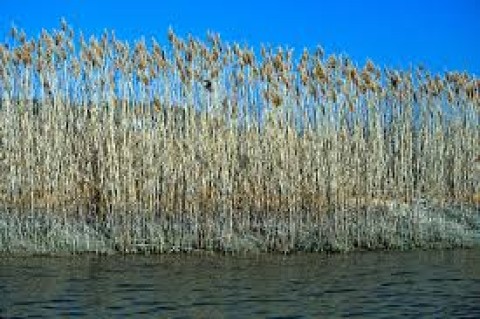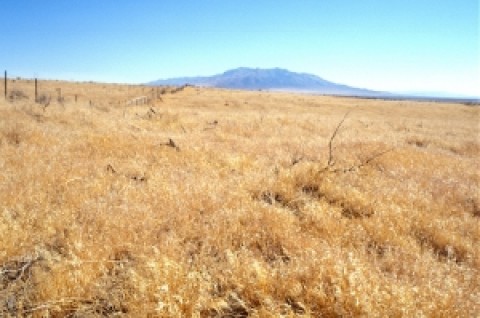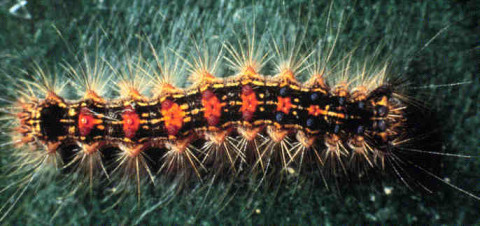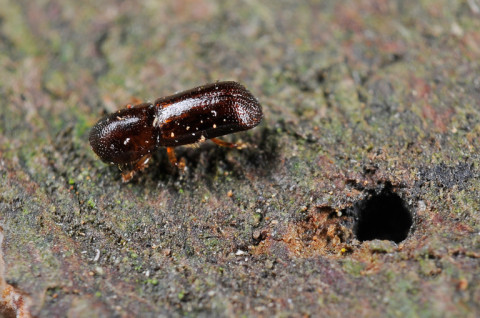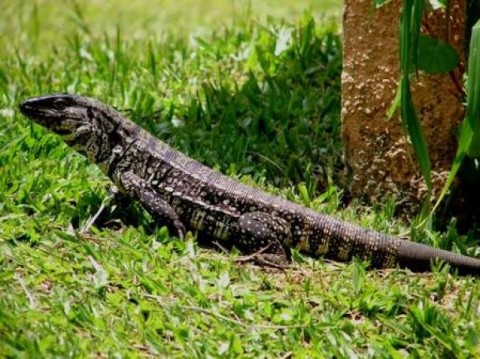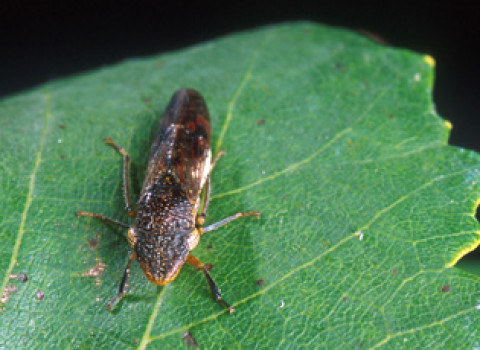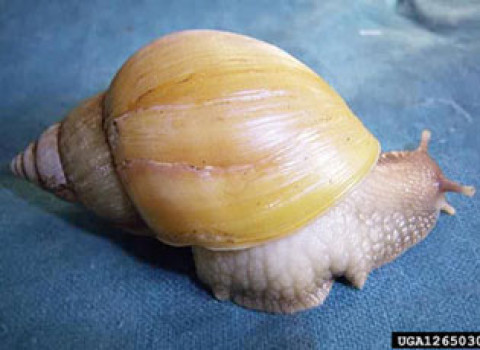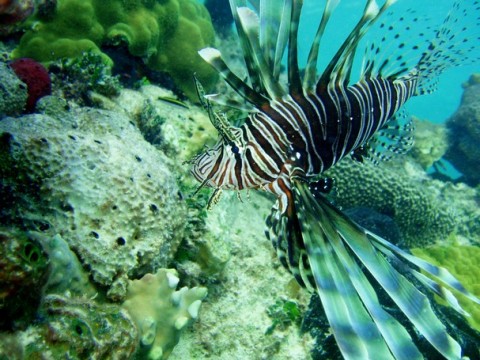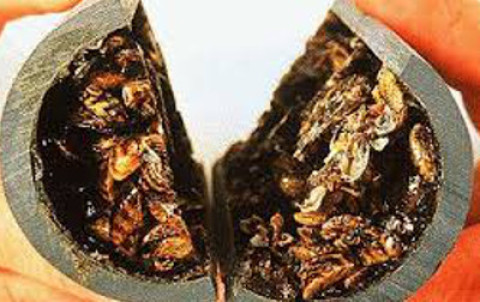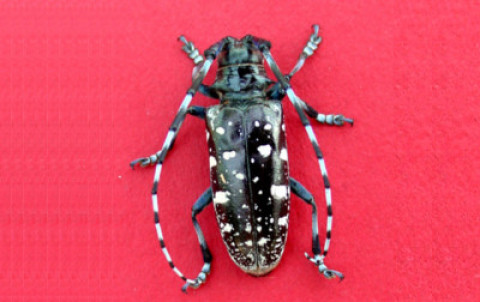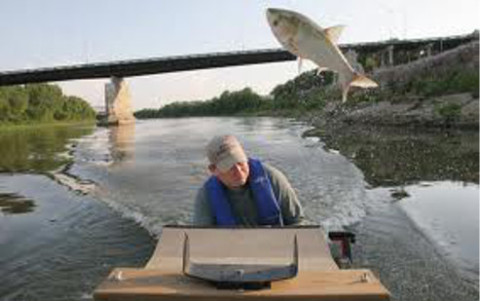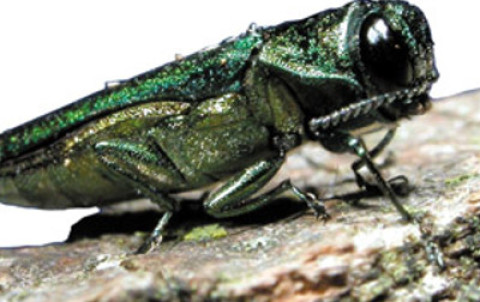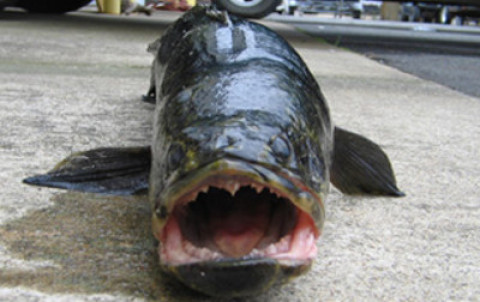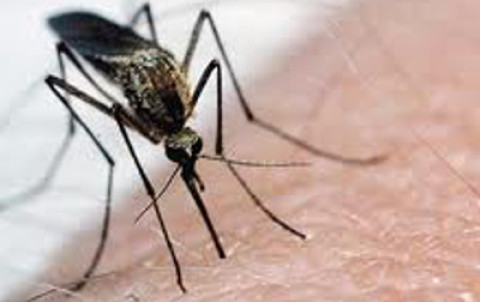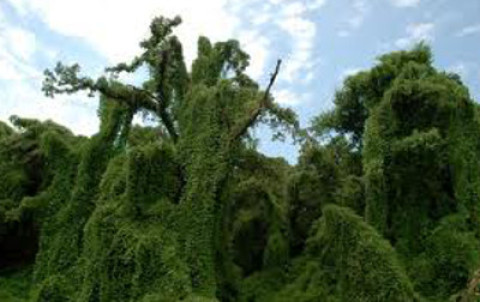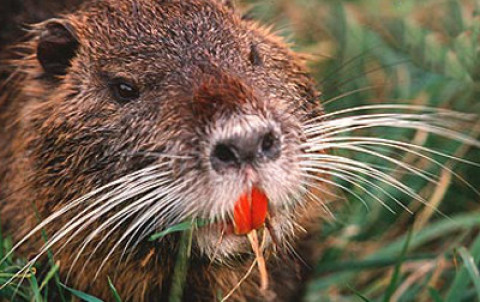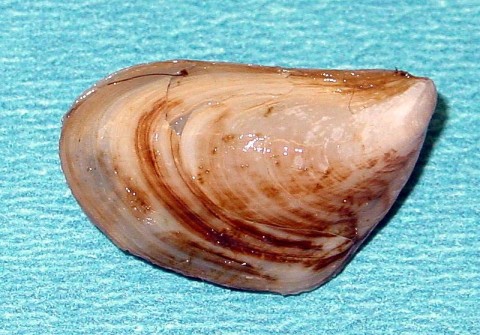On February 3, 1999, President Bill Clinton signed Executive Order 13112, on Invasive Species. The order defines an invasive species as an alien species whose introduction does or is likely to cause economic or environmental harm or harm to human health.
There are hundreds of invasive species that have found their way into the United States since Colonial times, affecting every region of the country, and both aquatic and terrestrial ecosystems. Invasive species can be plants, animals, or disease organisms. A species that can be relatively benign in one environment, typically in its native habitat, can go wildly out of control exhibiting invasive characteristics in an environment where it is not native. Not every alien species turns out to be invasive, so risk assessment is an important tool in anticipating and getting out ahead of potential invasive species introductions. Photos and short narratives about some of the higher profile invasive species are featured here.
In cooperation with Representatives Mike Thompson (D-CA) and Elise Stefanik (R-NY) as Co-Chairs of the Congressional Invasive Species Caucus,...
Each year, RRISC recognizes legislators, state and local government agencies, nonprofits, and businesses for their achievements in addressing invasive...
By: Stephanie Licciardi, RRISC Correspondent Phragmites is a wetland grass that grows along the Atlantic coast. Otherwise known as...
Cheat Grass- (Bromus Tectorum), also known as drooping brome, is a weed native to Europe, West Asia, and Northern...
November 16, 2015–In cooperation with the Congressional Invasive Species Caucus and the Congressional Wine Caucus, RRISC sponsored a seminar...
Zebra mussels (scientific name: Dreissena polymorpha) entered the Great Lakes in ballast water from ships originating in Eurasia in...
The Asian Longhorned beetle (scientific name: Anoplophora glabripennis) entered the United States in 1996 in New York City in...
Asian Carp
rriscmockup, , Fish, Fish, 0Asian carp were introduced into the United States by fish farmers who wanted to control aquatic vegetation in their...
The Emerald Ash Borer (scientific name: Agrilus planipenni) was introduced accidentally into Michigan in packing material from Asia in...
The northern snakehead (scientific name: Channa argus) is a voracious predatory fish native to eastern Asia that was first...
Primarily an avian disease, West Nile Virus is native to Africa. It entered the United States in 1999, most...
Eurasian watermilfoil (scientific name: Myriophyllum spicatum) is an invasive aquatic weed widely distributed in the eastern hemisphere that entered...
Scientists discover Asian carp eggs farther north in Mississippi River than ever before
rriscmockup, , Fish, Fish, 0Scientists have discovered Asian carp eggs farther north in the Mississippi River than ever before, the U.S. Geological Survey...



